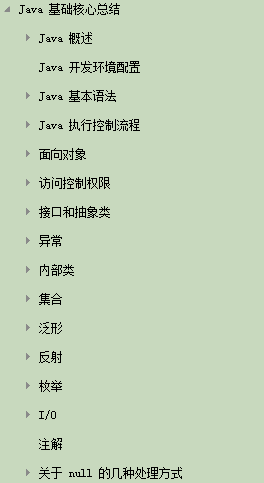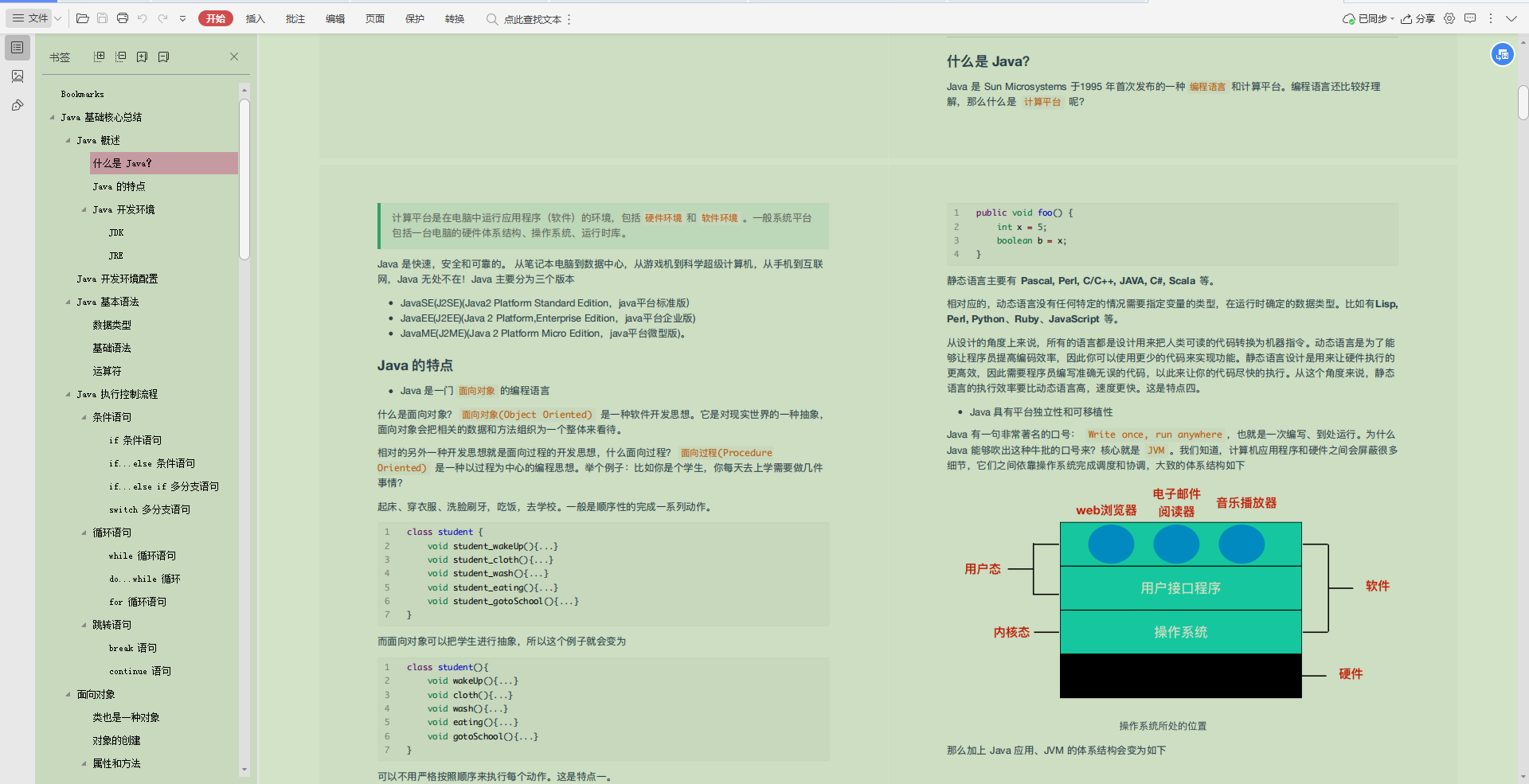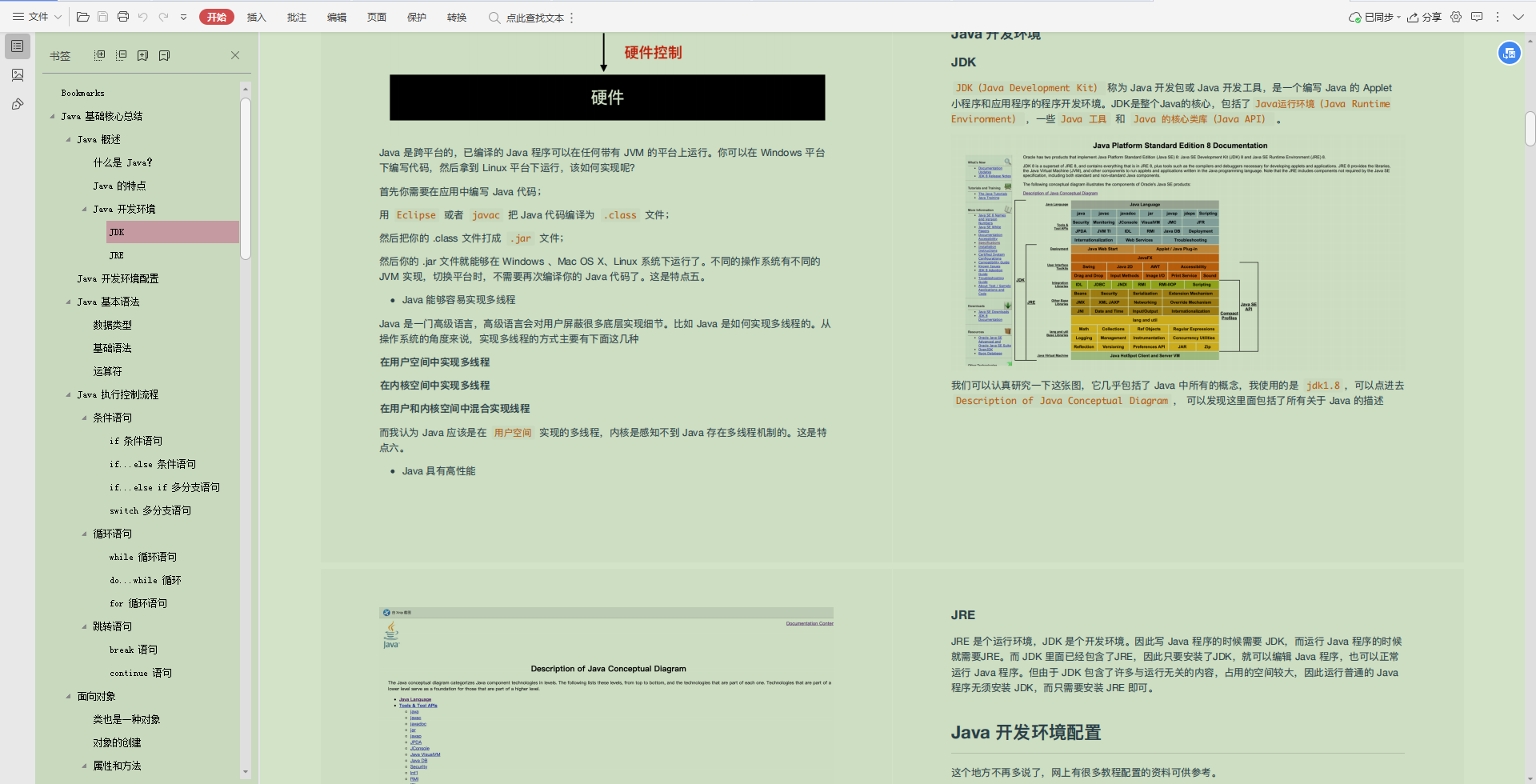The user makes a request, and the Dispatcher Servlet receives and intercepts the request.
Let's assume the requested URL is: http://localhost:8080/sm/hello
As above, the URL is split into three parts:
-
http://localhost:8080 Represents a server domain name
-
sm represents a web site deployed on a server
-
hello representation controller
Through analysis, as indicated by the URL above:
-
The hello controller for the sm site located on server localhost:8080 is requested, and the user makes the request.
-
HandlerMapping is a processor mapping.
Dispatcher Servlet calls Handler Mapping, which looks for Handler based on the request url.
-
Handler Execution represents a specific handler.
The main purpose is to find the controller based on the url, such as hello.
-
HandlerExecution passes parsed information to Dispatcher Servlet, such as resolving controller mappings.
-
A Handler Adapter represents a processor adapter that executes a Handler according to specific rules.
-
Handler lets the specific Controller execute.
-
Controller returns specific execution information to the Handler Adapter, such as ModelAndView.
-
HandlerAdapter passes the view logical name or model to Dispatcher Servlet.
-
Dispatcher Servlet calls ViewResolver to resolve the logical view name passed by Handler Adapter.
-
The view parser passes the parsed logical view name to Dispatcher Servlet.
-
Dispatcher Servlet calls a specific view based on the result of the view parsed by the view parser.
-
The final view is presented to the user.
==========================================================================
The xml configuration version is just a try. It will not be used in development, but will be more annotated.
Create a new Moudle, springmvc-hello, to add web support.
2. pom. Dependency on Importing SpringMVC in XML
<dependencies>
<dependency>
<groupId>org.springframework</groupId>
<artifactId>spring-webmvc</artifactId>
<version>5.2.6.RELEASE</version>
</dependency>
<dependency>
<groupId>javax.servlet</groupId>
<artifactId>servlet-api</artifactId>
<version>2.5</version>
</dependency>
<dependency>
<groupId>javax.servlet.jsp</groupId>
<artifactId>jsp-api</artifactId>
<version>2.2</version>
</dependency>
<dependency>
<groupId>javax.servlet</groupId>
<artifactId>jstl</artifactId>
<version>1.2</version>
</dependency>
</dependencies>
3. Configure the web.xml, register Dispatcher Servlet
<?xml version="1.0" encoding="UTF-8"?>
<web-app xmlns="http://xmlns.jcp.org/xml/ns/javaee"
xmlns:xsi="http://www.w3.org/2001/XMLSchema-instance"
xsi:schemaLocation="http://xmlns.jcp.org/xml/ns/javaee http://xmlns.jcp.org/xml/ns/javaee/web-app_4_0.xsd"
version="4.0">
<!--1.register DispatcherServlet-->
<servlet>
<servlet-name>springmvc</servlet-name>
<servlet-class>org.springframework.web.servlet.DispatcherServlet</servlet-class>
<!--Associate one springmvc Profile:[servlet-name]-servlet.xml-->
<init-param>
<param-name>contextConfigLocation</param-name>
<param-value>classpath:springmvc-servlet.xml</param-value>
</init-param>
<!--Startup Level-1-->
<load-on-startup>1</load-on-startup>
</servlet>
<!--/ Match all requests; (excluding.jsp)-->
<!--/* Match all requests; (Includes.jsp)-->
<servlet-mapping>
<servlet-name>springmvc</servlet-name>
<url-pattern>/</url-pattern>
</servlet-mapping>
</web-app>
4. Write the configuration file for SpringMVC: springmvc-servlet.xml
Create the configuration file springmvc-servlet under resources. XML to which you add the following configuration:
-
Processing Mapper (BeanNameUrlHandlerMapping)
-
Processing adapter (SimpleController HandlerAdapter)
-
View Resolver
<?xml version="1.0" encoding="UTF-8"?>
<beans xmlns="http://www.springframework.org/schema/beans"
xmlns:xsi="http://www.w3.org/2001/XMLSchema-instance"
xsi:schemaLocation="http://www.springframework.org/schema/beans
http://www.springframework.org/schema/beans/spring-beans.xsd">
<!--Add Processing Mapper-->
<bean class="org.springframework.web.servlet.handler.BeanNameUrlHandlerMapping"/>
<!--Add Processing Adapter-->
<bean class="org.springframework.web.servlet.mvc.SimpleControllerHandlerAdapter"/>
<!--view resolver:DispatcherServlet For him ModelAndView-->
<bean class="org.springframework.web.servlet.view.InternalResourceViewResolver" id="InternalResourceViewResolver">
<!--prefix-->
<property name="prefix" value="/WEB-INF/jsp/"/>
<!--Suffix-->
<property name="suffix" value=".jsp"/>
</bean>
<!--Handler-->
<bean id="/hello" class="com.yusael.controller.HelloController"/>
</beans>
5. Write Operational Business Controller
Controller either implements the Controller interface or uses the @Controller annotation;
- Implementing Controller requires returning a ModelAndView, encapsulating data and views;
package com.yusael.controller;
import org.springframework.web.servlet.ModelAndView;
import org.springframework.web.servlet.mvc.Controller;
import javax.servlet.http.HttpServletRequest;
import javax.servlet.http.HttpServletResponse;
// Implement Controller interface
public class HelloController implements Controller {
public ModelAndView handleRequest(HttpServletRequest request, HttpServletResponse response) throws Exception {
// ModelAndView Model and View
ModelAndView mv = new ModelAndView();
// Encapsulate the object and place it in ModelAndView
mv.addObject("msg", "HelloSpringMVC!");
// Encapsulate the view you want to jump to and place it in ModelAndView
mv.setViewName("hello"); // Automatically stitch into/WEB-INF/jsp/hello according to the view parser. JSP
return mv;
}
}
6. Register bean s in configuration files
Springmvc-servlet. Give your class to the SpringIOC container in XML to register the bean s:
<!--Handler--> <bean id="/hello" class="com.yusael.controller.HelloController"/>
7. Create a view layer hello.jsp
Write a shell to jump to. JSP page, showing the data stored in ModelandView, as well as our normal page;
<%@ page contentType="text/html;charset=UTF-8" language="java" %>
<html>
<head>
<title>yusael</title>
</head>
<body>
${msg}
</body>
</html>
8. Configure Tomcat to start the test!
URL: http:localhost:8080/hello
Add lib dependencies to IDEA project publishing!
- Restart Tomcat to solve!
======================================================================
Create a new Moudle, springmvc-hello-annotation, and add web support.
2. pom. Dependency on Importing SpringMVC in XML
There are mainly Spring Framework Core Library, Spring MVC, servlet, JSTL and so on.
<dependencies>
<dependency>
<groupId>org.springframework</groupId>
<artifactId>spring-webmvc</artifactId>
<version>5.2.6.RELEASE</version>
</dependency>
<dependency>
<groupId>javax.servlet</groupId>
<artifactId>servlet-api</artifactId>
<version>2.5</version>
</dependency>
<dependency>
<groupId>javax.servlet.jsp</groupId>
<artifactId>jsp-api</artifactId>
<version>2.2</version>
</dependency>
<dependency>
<groupId>javax.servlet</groupId>
<artifactId>jstl</artifactId>
<version>1.2</version>
</dependency>
</dependencies>
Resource filtering issues
Because Maven may have resource filtering problems, pom.xml adds the following configuration:
<build>
<resources>
<resource>
<directory>src/main/java</directory>
<includes>
<include>**/*.properties</include>
<include>**/*.xml</include>
</includes>
<filtering>false</filtering>
</resource>
<resource>
<directory>src/main/resources</directory>
<includes>
<include>**/*.properties</include>
<include>**/*.xml</include>
</includes>
<filtering>false</filtering>
</resource>
</resources>
</build>
3. Configure the web.xml, register Dispatcher Servlet
<?xml version="1.0" encoding="UTF-8"?>
<web-app xmlns="http://xmlns.jcp.org/xml/ns/javaee"
xmlns:xsi="http://www.w3.org/2001/XMLSchema-instance"
xsi:schemaLocation="http://xmlns.jcp.org/xml/ns/javaee http://xmlns.jcp.org/xml/ns/javaee/web-app_4_0.xsd"
version="4.0">
<!--1.register servlet-->
<servlet>
<servlet-name>SpringMVC</servlet-name>
<servlet-class>org.springframework.web.servlet.DispatcherServlet</servlet-class>
<!--Specify by initialization parameters SpringMVC Configuration file location, associated-->
<init-param>
<param-name>contextConfigLocation</param-name>
<!-- Relation SpringMVC configuration file -->
<param-value>classpath:springmvc-servlet.xml</param-value>
</init-param>
<!-- Start sequence, the smaller the number, the earlier to start -->
# summary
Other content can be familiar, learned, digested one by one according to the knowledge points sorted out in the roadmap. It is not recommended that you go to a book to learn. It is best to watch more videos and read them repeatedly where you don't understand them. You must review a video content the next day and summarize it into a mind map to form a tree-like knowledge network structure for easy review in the future.
There's also a good copy of " Java Foundation Core Summary Notes, shared with you intentionally,[Click here for free if you need it](https://gitee.com/vip204888/java-p7)
**Catalog:**

**Partial screenshots of content:**


<init-param>
<param-name>contextConfigLocation</param-name>
<!-- Relation SpringMVC configuration file -->
<param-value>classpath:springmvc-servlet.xml</param-value>
</init-param>
<!-- Start sequence, the smaller the number, the earlier to start -->
# summary
Other content can be familiar, learned, digested one by one according to the knowledge points sorted out in the roadmap. It is not recommended that you go to a book to learn. It is best to watch more videos and read them repeatedly where you don't understand them. You must review a video content the next day and summarize it into a mind map to form a tree-like knowledge network structure for easy review in the future.
There's also a good copy of " Java Foundation Core Summary Notes, shared with you intentionally,[Click here for free if you need it](https://gitee.com/vip204888/java-p7)
**Catalog:**
[Outer Chain Picture Transfer in Progress...(img-I3J1mYXw-1628600322209)]
**Partial screenshots of content:**
[Outer Chain Picture Transfer in Progress...(img-KEMBRNJC-1628600322212)]
[Outer Chain Picture Transfer in Progress...(img-fn38q2xq-1628600322213)]